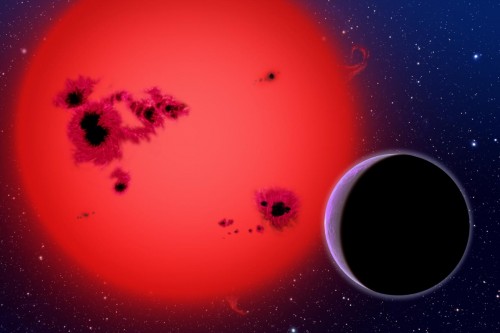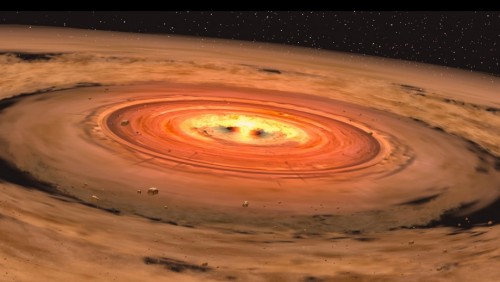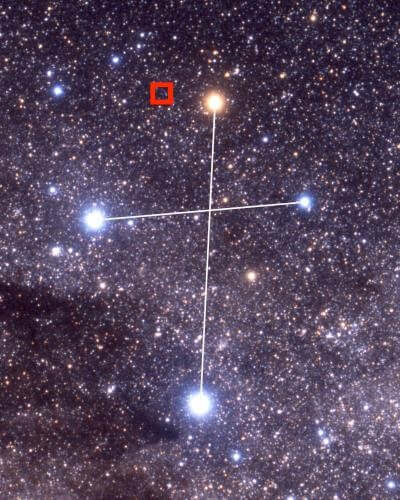Scientists from Australia discovered in the Scorpius-Centaurus group signs of the existence of large disks of dust surrounding two small stars of the type known as red dwarfs, which are an early stage in the process of planet formation. Now the researchers want to direct as many telescopes as possible towards these stars with the aim of also observing disks and possibly even young planets

The random discovery of a collection of red dwarf stars near our solar system may provide us with a slow-motion start to the planet-forming process.
Scientists from the Australian National University and UNSW Canberra have discovered in the Scorpius-Centaurus group signs of the existence of large disks of dust surrounding two small stars of the type known as red dwarfs, disks that are an early stage in the process of planet formation.
"We believe that the Earth and the other planets were formed from such disks so it was amazing to see the potential for observing solar systems in the formative phase" says the lead researcher, Dr. Simon Murphy of the ANU School of Astronomy and Astrophysics. However, other stars of a similar age to these stars are usually no longer surrounded by a disk. The disks around red dwarfs seem to live longer than those around hotter stars such as the Sun. "We don't fully understand why" says Dr. Murphy.
The discovery of such objects challenges current theories about the formation of planets, says his research partner, Professor Warrick Lawson from UNSW Canberra. "The new discovery leads to the hypothesis that the process of creating planets can last for a longer period than we thought until now." said.

The red dwarfs may also host planets that have already formed in the dust disk, Murphy says. "I believe that many telescopes will be pointed at these stars in the coming years to look for those planets."
The clue that the white dwarfs are surrounded by dust disks was an unusual glow in the infrared region of the stars. Thus, although the disks are not directly observable, says Dr. Murphy, such close red dwarfs provide us with an opportunity to directly observe the disk or even the planets using dedicated telescopes. "Because red dwarfs are paler than other stars and don't emit as strong a glow, young red dwarfs are ideal places to spot newborn planets." said.
Our ability to discover these dim stars has improved dramatically in recent decades, revealing a wealth of information, says Prof Lawson. "Less than 20 years ago, the idea that our galactic neighborhood is dotted with young pigeons was revolutionary," he said. Most of these objects are in the southern sky, so the best way is to observe them with telescopes located in the southern hemisphere, including those operated by the ANU and other institutions in Australia.
The study was published in the Royal Astronomical Journal.

to the notice of the researchers
Similar but also different: an almost twin planet to Earth orbiting a red dwarf in an orbit that allows life
Almost every red dwarf may have planets
We may be surrounded by millions of Earth-like planets, perhaps even in our backyard
